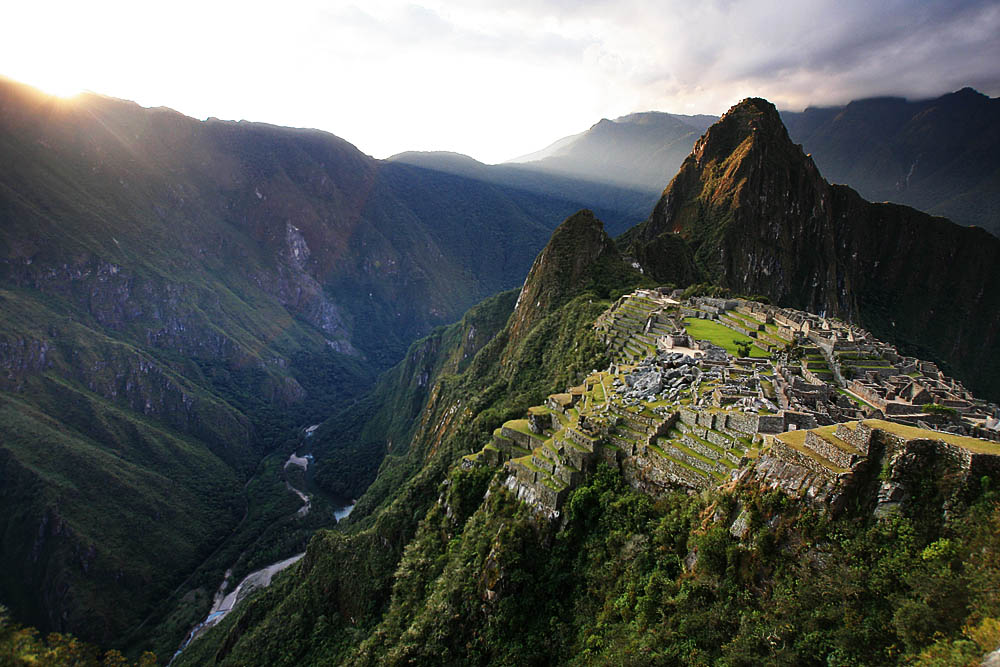
Peru is the perfect place to visit on your South America Tour and there is no question about this. It offers some of the most stunning scenery, mixed with history in culture, in not only South America, but perhaps the entire world. Peru Tours are personally one of my favourite ways to visit and experience the real spirit of Latin America and if you read on you will find out just some of the reasons why.

Machu Picchu
No trip to Peru would be complete without visiting the “lost city” of the Inca people, especially given the stature and beauty of this 15th century citadel. The real purpose of the city is unclear and adds to the mystery and the beauty of the site. The site gives some of the finest examples of Inca architecture in existence today, particularly as the site was untouched by the invading Spanish, who had the tendency to destroy or deface the Inca buildings. Machu Picchu truly is a must visit and is considered one of the wonders of the modern world.
Cusco
Cusco is the closest city to Machu Picchu and at one point was the historic capital of the Inca empire. Naturally this makes it a very unique place to be because of the mix between the Inca and Spanish colonial architecture. Cusco is also a great place to visit other Inca sites that are in the area, because many of these can go unvisited by the tourists who only really know Machu Picchu. Cusco is a great place to base yourself to experience the full history and culture of the area.
Lima
The capital city of Peru is of course a place that you must also visit in Peru. It has many stunning examples of colonial architecture that are very well preserved. The city is also well known for its food culture, which is among the best in all of South America. Places of interest are of course the very heart of the city, known as the Plaza Mayor. This is the perfect starting point for all the attractions of the city, such as the Monastery of San Francisco and many others.

Nazca Lines
These mysterious lines in the Nazca Desert, in the south of Peru. They are naturally a UNESCO World Heritage site and were believed to have been created by the Nazca culture between 500 BC and 500 AD. These lines form many different figures of animals and insects, such as birds, fish and spiders. The largest of these figures are about 200 metres wide and were created by removing the red stones on the floor of the plateau, which uncovered the gray earth underneath. The reason the lines have survived so long is due to the stability of the climate on the plateau and means that we can still enjoy them today.